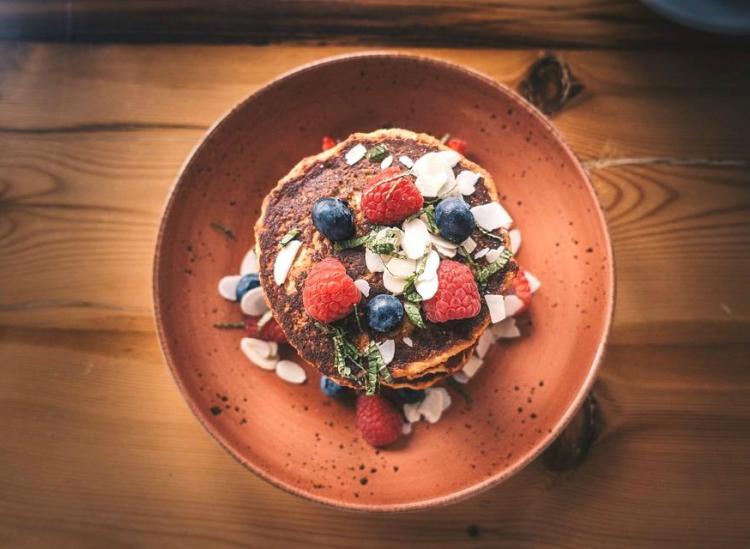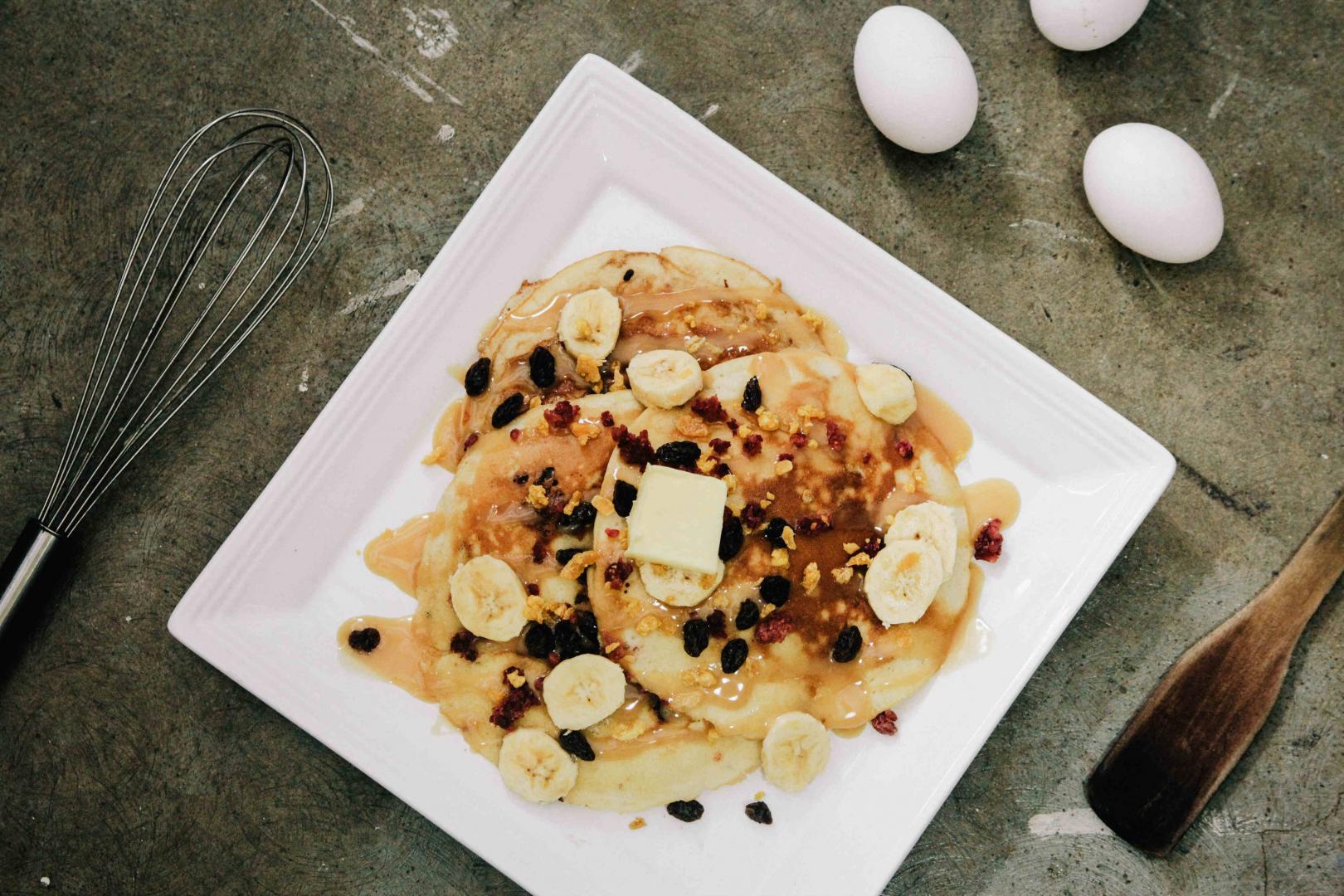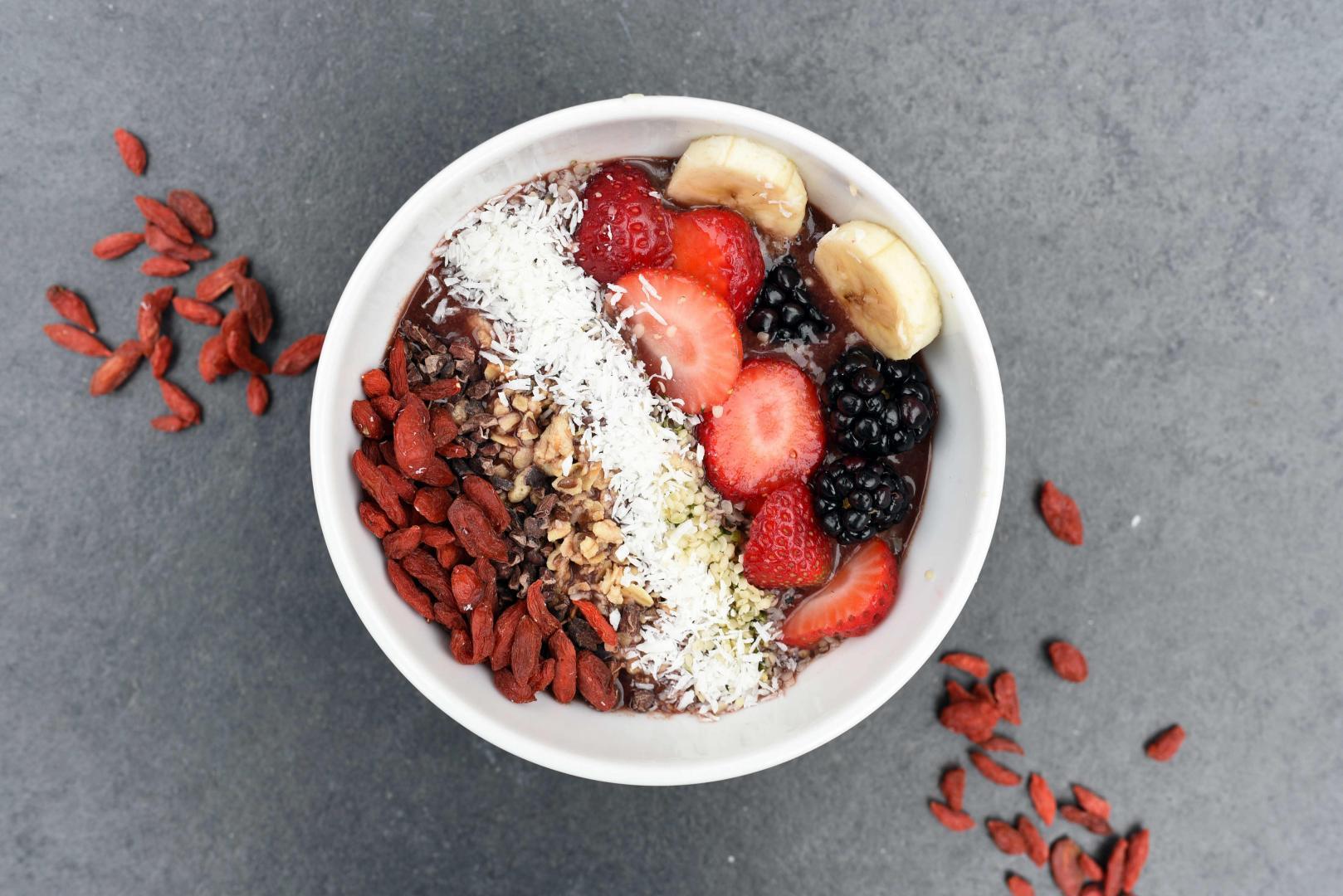How To Make Your Pancakes Healthier Without Compromising The Taste

Pixabay
There’s nothing like waking up on a Sunday morning to the sweet smell of pancakes. Everyone has their own favorite recipe. Whether you’re a honey fan, butter fan, chocolate chip fan, syrup fan or all of the above, there’s no denying how indulgent pancakes can be.
If you’re looking to keep your diet healthy, for whatever reason, pancakes don’t have to be on the chopping block. There are plenty of ways to make a satisfying short stack more nutritious without compromising on taste.
Oats
Adding oats to your pancakes will make them heartier and fill them with fiber and protein. Depending on the type of oats you add — steel cut oats, rolled oats, old-fashioned oatmeal, quick oats — you’ll give a completely different texture to your pancakes. This will add some bulk to your breakfast and add a soft and chewy texture. Here’s a recipe for Oatmeal Pancakes with Cinnamon and Banana Oatmeal Protein Pancakes.
Fruit As A Substitute
Make these two-ingredient pancakes with bananas and eggs. They’re gluten-free and dairy-free, and just about the easiest things to make. The eggs act as a binder and you actually end up with pancakes, not a banana-egg mush. On the other hand, if you want to try vegan pancakes, you could substitute bananas for eggs and just mash everything together with a fork.

Unsplash
Greek Yogurt
Greek yogurt can be your best friend when it comes to making flapjacks. You can use it in the actual batter along with eggs, baking powder and flour. The pancakes will come out light, fluffy, sweet, crisp around the edges and they’ll be packed with protein. You could also use the Greek yogurt or almond butter as a topping instead of syrup or honey. Here’s a recipe for four-ingredient Greek yogurt pancakes that are basically foolproof.
Homemade Batter
It’s easy to buy yourself a box of pancake mix at the store and just add a few wet ingredients in the morning, but commercial products are often made with enriched flour, which is stripped of its natural vitamins and minerals. If you have the time, consider making the batch from scratch so you can make sure you’re using all whole ingredients. Your standard pancake batter has all-purpose flour, some form of a sweetener, baking powder, salt, milk, unsalted butter, egg and vegetable oil. It’s not that much of a production to gather your own dry ingredients and you can feel better about what you’re eating.
Alternative Flours
Instead of all-purpose flour, you can choose a more nutritious flour and you’ll still end up with light, tender pancakes. You can substitute in brown rice, oat, buckwheat, chickpea, almond or coconut flour. These are gluten-free substitutions, but you could also go with plain whole-wheat flour to get that extra fiber into your pancakes. A lot of white flour is made from heavily refined and processed wheat grains, while whole-wheat flour comes from grains that haven’t undergone any of that heavy processing.

Unsplash
Antioxidants
No matter how you decide to make your pancake batter, you can always bulk it up with antioxidant-rich ingredients. You could add things to the batter like goji berries, cacao nibs, blueberries, chia seeds, flax seeds, turmeric powder or walnuts, right before you ladle it onto the griddle.
Coconut Oil
While butter might be your first choice, coconut oil can be just as good for making pancakes and it’s a healthy alternative. Your pancakes might not have the same golden brown exterior that butter would give them, but they’ll brown smoothly with the coconut oil and you’ll get that extra coconut sweetness.
You can have your pancakes and eat them too. There’s no need to cut them out of your diet.











